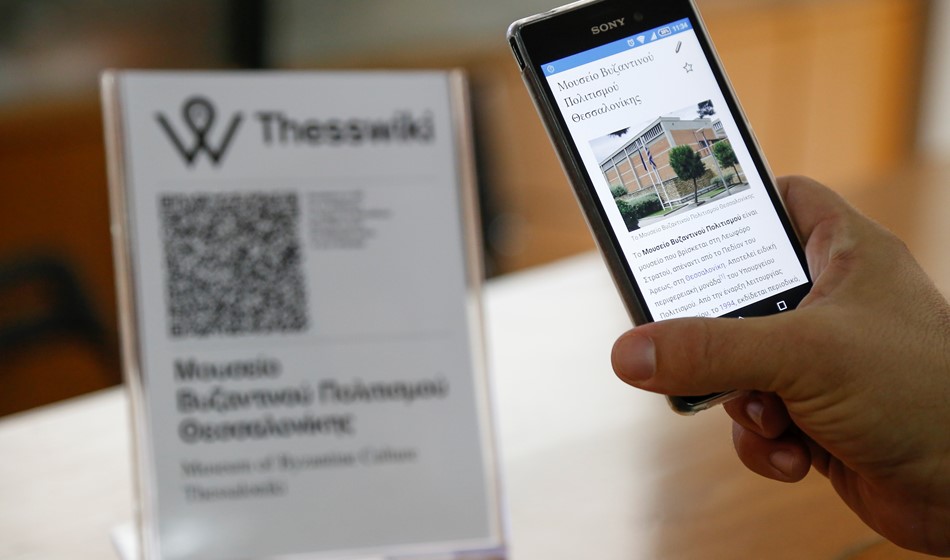News & Insights
Digital Heritage Tourism: Reconfiguring the Visitor Experience in Heritage Sites, Museums and Architecture in the Era of Pervasive Computing
A keynote paper, published in 2011 but still a state of the art, comments on the new technological trends which have important implications for cultural heritage and tourism.
Given the recent phenomenon of heritage digitization new opportunities emerge for the heritage tourism market as well as for cultural organizations such as museums and heritage attractions.
Consumers are now facing the dynamics of pervasive technology and new types of customized, integrated experiences -which start before and end long after the actual visit- in which they are actively involved through social networking and extensive use of mobile technologies. Web 2.0 which stands for social networking and information sharing, can help cultural institutions as well as local authorities to identify visitor preferences and satisfy their needs. In this Era of pervasive tachnology, user-generated content becomes embedded within a physical artifact and re-constructs the visitor experience at heritage sites. Young consumers named as ‘digital natives’ and older -tech savvy generation know well how to behave in dynamic digital environments . The user-generated information of Web 2.0 (comments & reviews) is channeled into the new term/trend called Semantic Web or Web 3.0 which represents the transition into a world with digitally enhanced heritage, where major engines and social media sites begin to monitor consumer preferences and behaviour. These technological advancements are reinforcing essential parts of heritage tourism which revolve around the notions of learning and discovery. In that context, museums are seen as fertile environments which can facilitate those interactions as they have structured information which encourage on-site discovery through new media and mobile applications. The current issue attempts to prompt cultural institutions, managers and authorities to become more social and embrace the disruptive offers of Web 2.0 and Web 3.0.
Source: http://complexity.io/Publications/chng-PervasiveCompWeb3Tourism-echng.pdf









 Map
Map
